Fast & affordable prototyping
-
Dimensional accuracy of ± 0.5% with a lower limit: ± 0.5 mm
-
Lead times from 1 business day
Directe offerte en snelle levering in Nieuwegein voor op maat gemaakte 3D print prototypes en productieonderdelen. Bestel online in 5 minuten en ontvang onderdelen in slechts 2 dagen.
Get an instant 3D Printing quote All uploads are secure and confidentialWe have over 90 3D printing shops in our network and are well known for manufacturing high-quality parts at competitive prices, from rapid prototyping with Fused Deposition Modeling (FDM) to functional end parts made with Selective Laser Sintering (SLS) or Multi Jet Fusion (MJF).
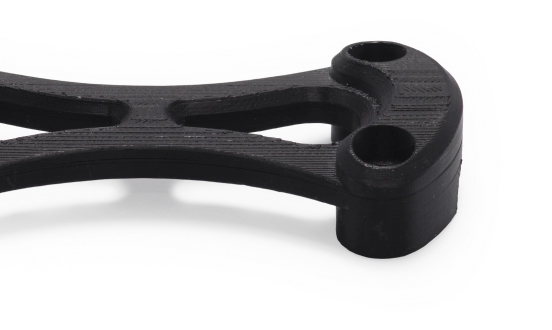
Fast & affordable prototyping
Dimensional accuracy of ± 0.5% with a lower limit: ± 0.5 mm
Lead times from 1 business day
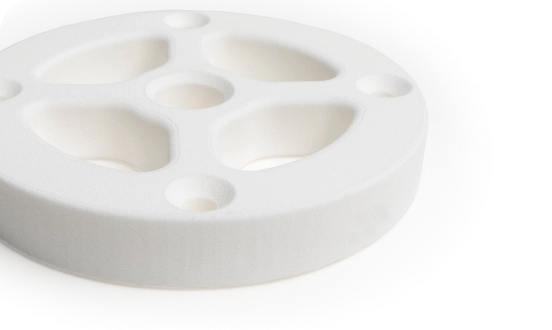
Functional prototyping & low-run production
Dimensional accuracy of ± 0.3% with a lower limit of ± 0.3 mm (± 0.012")
Lead times from 3 business days
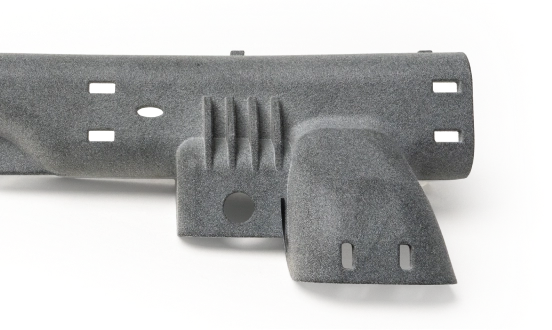
Functional prototyping & low-run production
Dimensional accuracy of ± 0.3% with a lower limit of ± 0.3 mm (± 0.012")
Lead times from 3 business days
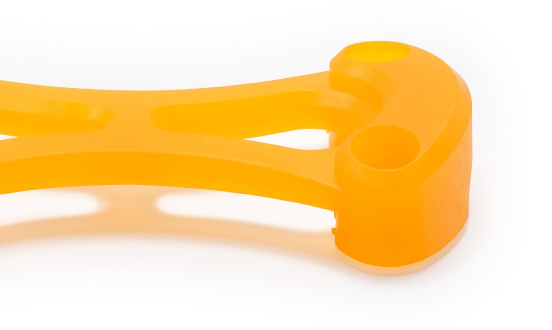
Visual prototyping
Dimensional accuracy of ± 0.3% with a lower limit of ± 0.3 mm (± 0.012")
Lead times from 2 business days
Fused deposition modeling (FDM) 3D printing is one of the most popular additive manufacturing processes on the market today. Using thermoplastic polymers that come in the form of filaments, FDM builds parts layer by layer by selectively depositing melted material along a path determined by Gcode. FDM printing is fast, accurate, and cost-effective, and requires minimal post-processing for support structure removal. With FDM, you can use desktop machines for initial and functional prototyping as well as industrial printers for custom end-use parts. As a material extrusion technology, FDM printing produces durable, rigid components in a variety of plastic materials, including ABS, PLA, PETG, ULTEM, and Nylon. While functional and cosmetic properties depend on the material you select, FDM parts have high strength and can be geometrically complex.
For more information on FDM 3D printing, read our
introduction to the process or learn
how to design better parts for FDM.
Selective laser sintering (SLS) 3D printing is one of the most powerful additive manufacturing processes, capable of producing durable and accurate custom parts. SLS 3D printing is ideal for rapid prototyping and functional prototyping, end-use parts, and low-volume production, and more companies are turning to SLS for more industrial applications. Instead of extruding plastic filament, SLS printers use a laser to selectively fuse plastic powders into solid models layer-by-layer. These machines scan cross-sections on the surface of a powder bed with Gcode from your CAD files. After scanning a cross-section, SLS printers lower a powder bed by one layer and deposit more material on top of what’s already been sintered. This process repeats until you have a finished part. SLS 3D printing is a speedy way to produce functional parts from engineering materials including Nylon 12 (PA 12) and Glass-filled Nylon (PA 12 GF).
For more info on SLS 3D printing, check out our
introduction to the technology and learn
how to design better parts for SLS.
Multi Jet Fusion (MJF), HP’s proprietary additive manufacturing process, is the most advanced 3D printing technology available today. It’s capable of producing complex functional prototypes and mechanically impressive end-use components quickly and with high degrees of accuracy. MJF 3D printed parts are durable, even with intricate features, and have isotropic mechanical properties. Compared to other additive technologies that use powder bed fusion, MJF is speedy and capable of more industrial applications and is often a viable alternative to injection molding for low-volume production runs. In many industries, MJF is the go-to process for producing electronic component housings, mechanical assemblies, enclosures, and jigs and fixtures. MJF 3D printing is currently a proprietary technology and can only create parts from HP PA 12 and HP PA 12GF.
For more information on MJF 3D printing, check out our
introduction to the technology and learn
how to design better parts for MJF.
Stereolithography (SLA) 3D printing is an additive manufacturing process offering impressive accuracy and high resolution. It’s an ideal solution for quickly manufacturing initial and functional prototypes and end-use parts in low volumes. Part of the vat photopolymerization class of additive technologies, SLA uses UV lasers to selectively cure polymer resins one layer at a time. The materials used in SLA are photosensitive thermoset polymers that come in a liquid resin form, with specialty materials available like clear, flexible, and castable resins. SLA 3D printed parts are smooth to the touch and can be finely detailed, making the process an ideal choice for visual prototypes. For some applications, SLA can even stand in for injection molding, especially if you use industrial SLA machines that can print in larger parts with specialty materials.
For more information on SLA 3D printing, check out our
introduction to the technology and learn
how to design better parts for SLA.
With over 65,000 customers from every industry, including aerospace, defense, robotics, medical, machinery, automotive and electronics, we have extensive experience meeting a diverse range of 3D printing requirements, from prototyping to production: Visual aids, concept models, injection-molding prototypes, form-fit & function prototypes, tooling and casting patterns, jigs, grips and fixtures, and durable end parts.
Upload a CAD to start (STEP, STP, IGES, IGS, SLDPRT, 3DM, SAT, STL, OBJ or X_T)
Price updates in real-time as you change materials, lead time, etc..
No hidden costs. Our instant quotes are not just indications, but the actual price, and include shipping and customs up front.

“High quality, good communications, really quick: great value for money!”
“Print was perfect as always ! Very very happy.”
“Prima resultaat en meedenken voor een beter resultaat”
“Friendly attentive and professional service. Highly recommended.”
“Another great print, thanks guys! One suggestion though: when shipping, please use stronger cartboard boxes. The box was pretty damaged upon arrival because the shipping guys stack boxes on top of each other. Heavier boxes had compressed mine/yours. Luckily, the model was unharmed. Four times five stars nonetheless. Keep up the good work!!”
“Great service, got exactly what I wanted with regular updates and pictures during the process.”
“Very helpful, fast communication and thinks along with you if there's anything that can be done better with your model. Highly recommended!”
“Super snel en goede communicatie. Het materiaal is iets harder dan verwacht, maar dit is de eerste keer dat ik iets 3D heb laten printen en het werkt nog steeds fijn.”
“Very fast service, good quality printing. and fair prices and normal shipping costs”
“Zeer professioneel, stap voor stap foto's van het printen. Geweldig resultaat, netjes verpakt voor verzending. Snelle service. ik was vergeten iets 2x uit te printen, was geen probleem, meteen een extra uitgeprint. Ik ga zeker vaker bestellen, 11/10”
“Very friendly and helpful! Result is a very nice quality print :) ”
“Snelle service en afhandeling en ook nog redelijk geprijsd”
“The print quality is amazing, really good service. Basically beyond happy with my 3DPrint!”
“Great communication and easy to work with, will definitely order from again.”
“Good quallity,great service,friendly guy.”
“Thank you so much, you were super helpful the entire way and very responsive!”
“The prints were excellent, very fast completion and the overall service was top notch.”
“Denkt goed mee, duidelijk veel print expertise.”
“Great service over many successive orders.”
“Great help and delivered product was exactly as expected”
“Had to get printed parts in a very short timeframe, hub helped me to achieve this by making the prints overnight and allow me to pick them up during the evening of saturday. ”
“Everything was delivered as expected and it's looking great! Probably the smoothed service I've had so far on the network”
“1 woord: geweldig! Ben zeer tevreden met het eindresultaat Goede service en tussentijdse feedback op het geprinte werk en snelle levering. Ik raad dit netwerk zeker aan. ”
“Op mijn vraag een extra kleur toegevoegd aan de mogelijkheden. Netjes op de hoogte gehouden over wanneer dat geregeld was. Direct gestart met printen na het plaatsen van de order en de volgende dag gelijk op de post. Topkwaliteit van de geprinte producten. Helemaal super weer!”
“Great quality products delivered, also the accuracy of the final product was exactly like we wanted. We appreciate your timely delivery of products . It was great doing business with you . We would reach out to you with more requests soon.”
Protolabs and its network work together to bring you the world's most comprehensive manufacturing solution. While the network can provide a large breadth of capabilities, Protolabs’ factories offer expedited manufacturing with automated in-house machines for the industry's fastest lead times.
Get quick-turn parts with Protolabs

Protolabs Network takes the stress out of manufacturing by guaranteeing the quality and consistency of every part. Each order is dimensionally and visually inspected to make sure it meets The Protolabs Network Standard.
We can generate instant 3D printing quotes for 25+ plastics. For metal 3D-printed parts, you can request a quote from our parent company, Protolabs.
Get practical advice on how to design for 3D printing, based upon first-hand experience from the industry’s leading experts. Click here to download the sample chapters.
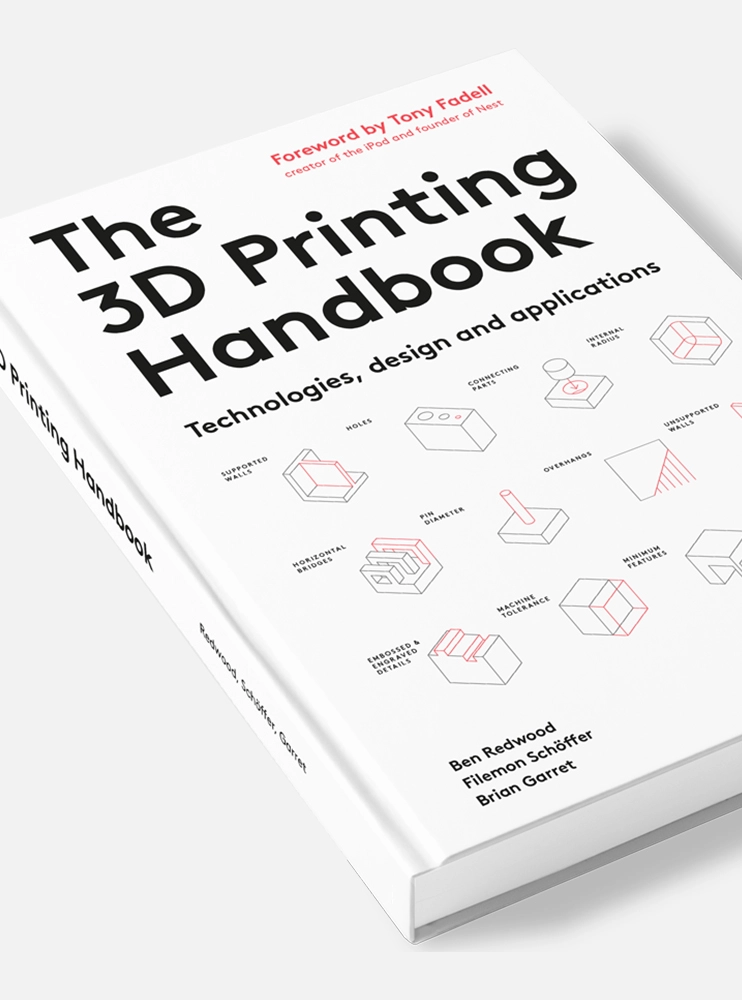
The cost of your 3D printed parts depends on factors such as part volume, part complexity, choice of material, which 3D printing technology is used, and if any post processing is required. For more details on these cost factors, see our article on the cost of 3D printing. To check the cost of your 3D printed part, simply upload a CAD (.STL) file and select your material and 3D printing technology to receive a quote within seconds.
In order to reduce the cost of your 3D prints you need to understand the impact certain factors have on cost. The main cost influencing factors are the material type, individual part volume, printing technology and post-processing requirements.
Once these have been decided, an easy way to further cut costs is to reduce the amount of material used. This can be done by decreasing the size of your model, hollowing it out, and eliminating the need for support structures.
To learn more, read our full guide on how to reduce the cost of 3D printing.
Your parts are made by experienced 3D printing shops within our network. All facilities are regularly audited to ensure they consistently meet The Protolabs Network Standard. We include a standardized inspection report with every order and offer a First Article Inspection service on orders of 100+ units.
We have partners in our network with the following certifications, available on request: ISO9001, ISO13485 and AS9100.
Follow this link to read more about our quality assurance measures.
You can select the right 3D printing process by examining which materials suit your need and what your use case is.
By material: if you already know which material you would like to use, selecting a 3D printing process is relatively easy, as many materials are technology specific.
By use case: once you know whether you need a functional or visual part, choosing a process is easy.
For more help, read our guide to selecting the right 3D printing process. Find out more about Fused Deposition Modeling (FDM), Selective Laser Sintering (SLS), Stereolithography (SLA).
Our knowledge base is full of in-depth design guidelines, explanations on process and surface finishes, and information on how to create and use CAD files. Our 3D printing content has been written by an expert team of engineers and technicians over the years.
See our complete engineering guide to 3D printing for a full breakdown of the different 3D printing technologies and materials. If you want even more 3D printing, then check out our acclaimed 3D Printing Handbook.
For tips on designing for production, take a look at our key design considerations for 3D printing. Designing models for 3D printing is generally done with CAD software such as Solidworks and Fusion 360, or 3D modeling software such as Blender, Maya or 3Ds max. To learn more see our article on 3D modeling CAD software.
We have an extensive range of online resources developed to help engineers improve their capabilities.
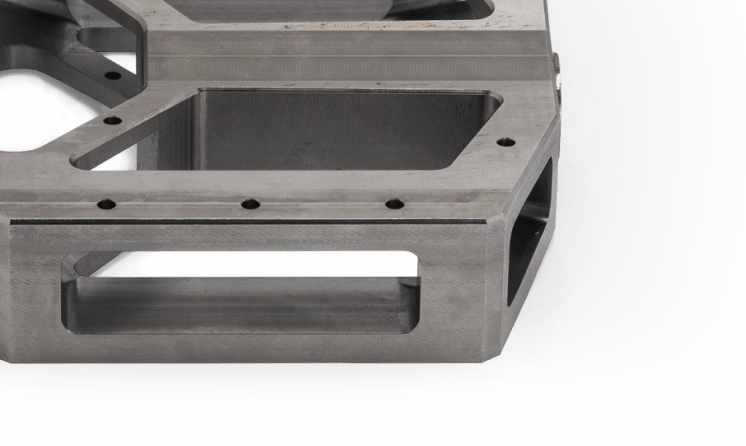
Milling (3-, 4- & full 5-axis), turning and post-processing
50+ metals and plastics & 10 surface finishes
Tolerances down to ±.0008” (0.020 mm)
Lead times from 5 business days
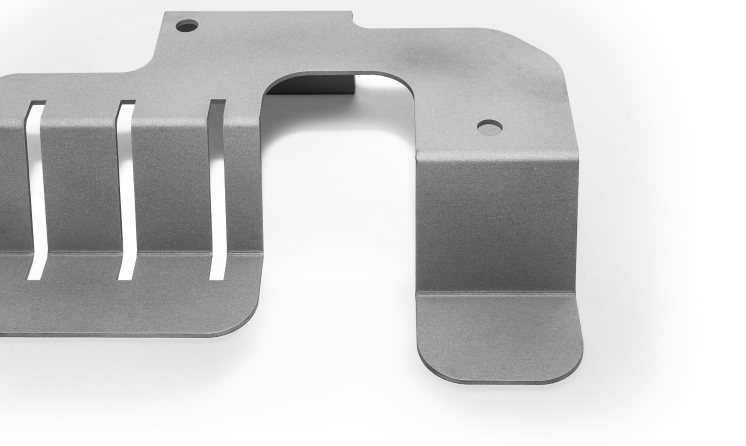
Laser cutting, bending, post-processing
6 metals & 9 surface finishes
Tolerances down to ±.004” (0.010 mm)
Lead times from 5 business days
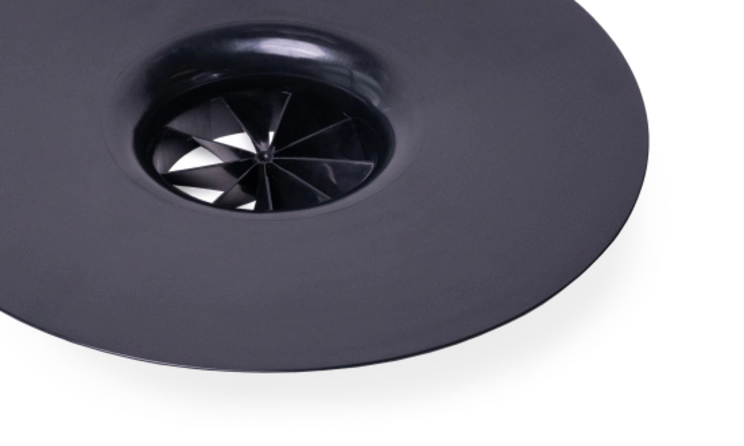
Prototypes and production tooling
Wide range of part complexities and sizes
1 to 1M parts
Put your 3D printed parts into production today
Get an instant 3D printing quote